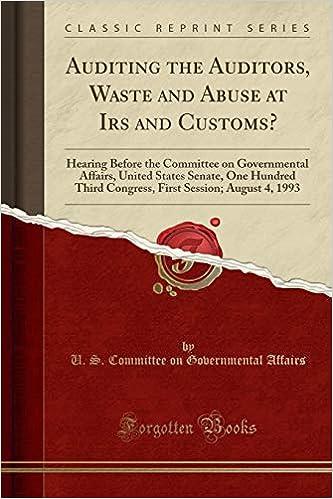Firms 1 and 2 are proposing to merge. They offer symmetrically differentiated products and have identical costs and, therefore, identical premerger prices. (Note that symmetrically
Firms 1 and 2 are proposing to merge. They offer symmetrically differentiated products and have identical costs and, therefore, identical premerger prices. (Note that symmetrically differentiated products means that if they charge the same price, then they have the same demand.) The common premerger price for firms 1 and 2 is $90, and the common marginal cost is $60. If firm 1 were to raise its price to $100, we know that its demand would drop by 20 units and firm 2s demand would rise by 5 units.
a. Assume the merger would reduce marginal cost by 10 percent. Using UPP, is there reason to be concerned with the merger?
b. Suppose the prospective merger partners want to convince the DOJ that the merger will not raise price. Using UPP, how large must they argue the efficiency is?
c. Suppose there are improved estimates of firms demand functions and now we know that if firm 1 were to raise its price to $100, its demand would (still) drop by 20 units, but firm 2s demand would rise by 10 units. Are unilateral effects stronger or weaker with this new demand estimate? Is the merger more or less likely to be approved?
please answer the all questions
Step by Step Solution
There are 3 Steps involved in it
Step: 1

See step-by-step solutions with expert insights and AI powered tools for academic success
Step: 2

Step: 3

Ace Your Homework with AI
Get the answers you need in no time with our AI-driven, step-by-step assistance
Get Started


